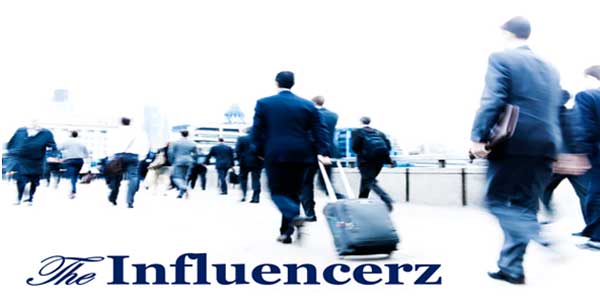Falls are among the most common and serious risks faced by seniors, often leading to injuries, hospitalization, and a decline in independence. For older adults living in assisted communities, preventing falls is not just about avoiding accidents—it is about maintaining dignity, mobility, and quality of life. Facilities specializing in assisted living in Navi Mumbai recognize this concern and prioritize safety measures that reduce fall risks while supporting residents’ overall well-being.
Common Risk Factors for Falls in Seniors
Falls rarely happen without underlying causes. Seniors often face multiple risk factors that increase their chances of losing balance. These include:
- Age-related changes such as reduced strength, vision problems, and slower reflexes.
- Chronic conditions like arthritis, diabetes, or neurological disorders that impair mobility.
- Medications that may cause dizziness, low blood pressure, or drowsiness.
- Environmental hazards such as slippery floors, poor lighting, or cluttered spaces.
By identifying these factors, caregivers in assisted living facilities can design tailored prevention strategies for each resident.
Role of Caregivers in Preventing Falls
One of the strongest pillars of fall prevention is the dedicated care provided by trained professionals. Caregivers in assisted living communities ensure residents receive personalized support, from assistance with mobility to monitoring medication side effects that might cause dizziness.
Their responsibilities often include:
- Assisting with walking and transfers to reduce chances of imbalance.
- Monitoring health conditions that may affect stability.
- Encouraging physical activity to strengthen muscles and improve balance.
- Keeping living areas hazard-free by organizing and inspecting spaces regularly.
By being vigilant and proactive, caregivers significantly reduce fall risks for residents.
Environmental Safety Measures
Creating a safe environment is one of the most effective ways to prevent falls. Assisted living communities implement numerous design strategies, such as:
- Installing grab bars and handrails in hallways and bathrooms.
- Ensuring non-slip flooring and adequate lighting throughout the facility.
- Providing adjustable beds and furniture to make mobility easier.
- Keeping walkways clear of clutter and obstacles.
Facilities offering assisted living in Navi Mumbai often go the extra mile by incorporating modern safety features and regular inspections to maintain a fall-proof environment for residents.
The Role of Exercise and Rehabilitation
Physical activity is a crucial component of fall prevention. Exercise programs focusing on balance, flexibility, and strength training help seniors maintain stability. Simple activities like walking, stretching, or practicing yoga can significantly reduce fall risks.
Many assisted living communities also collaborate with physiotherapists to provide rehabilitation programs for residents recovering from injuries or surgeries. These personalized therapies not only restore mobility but also build confidence in seniors to move independently without fear.
Technology and Innovation in Fall Prevention
With advancements in healthcare, technology plays an increasing role in fall prevention. Assisted living facilities are integrating innovative tools like:
- Motion-sensor lighting to help residents navigate at night.
- Wearable alert devices that detect sudden movements or falls.
- Smart monitoring systems that notify caregivers immediately in case of emergencies.
These technologies ensure rapid response and reduce the severity of consequences in case a fall does occur.
Family Involvement in Resident Safety
Family members are essential partners in ensuring fall prevention strategies are successful. Regular communication with caregivers allows families to understand their loved one’s specific needs, participate in care decisions, and encourage seniors to follow exercise or therapy routines. Facilities that encourage family engagement tend to create safer and more reassuring environments for residents.
Choosing a facility that emphasizes transparency and collaboration ensures that families remain confident in the safety measures being implemented. For families in Mumbai’s surrounding areas, selecting reliable assisted living in Navi Mumbai offers peace of mind knowing their loved ones are supported in a secure and caring community.
Building a Culture of Safety and Independence
Fall prevention is not only about reducing risks—it is about empowering seniors to live independently and confidently. Assisted living facilities foster a culture where safety and independence go hand in hand. By blending professional care, supportive environments, advanced technology, and family involvement, these communities allow seniors to enjoy daily activities without constant fear of falling.

